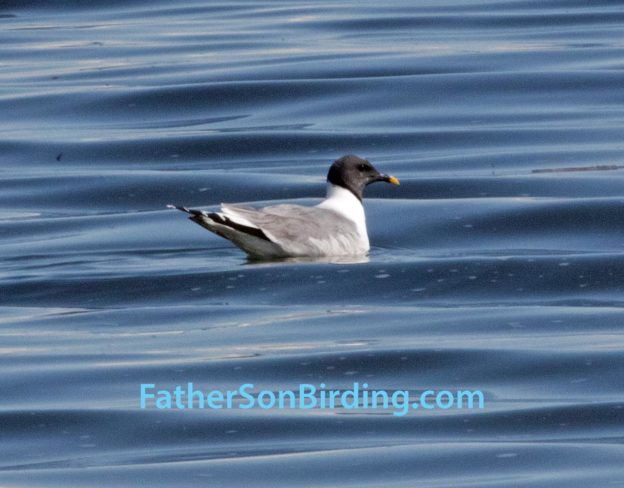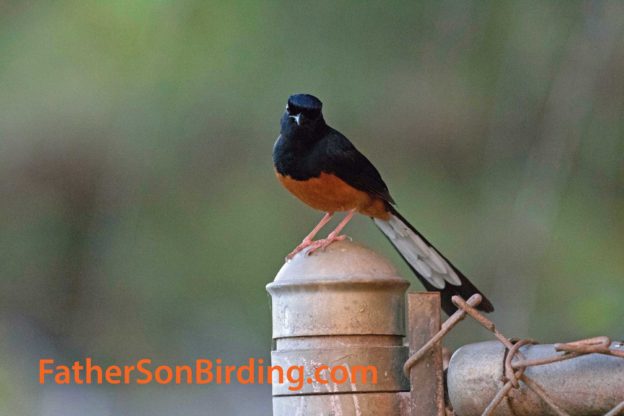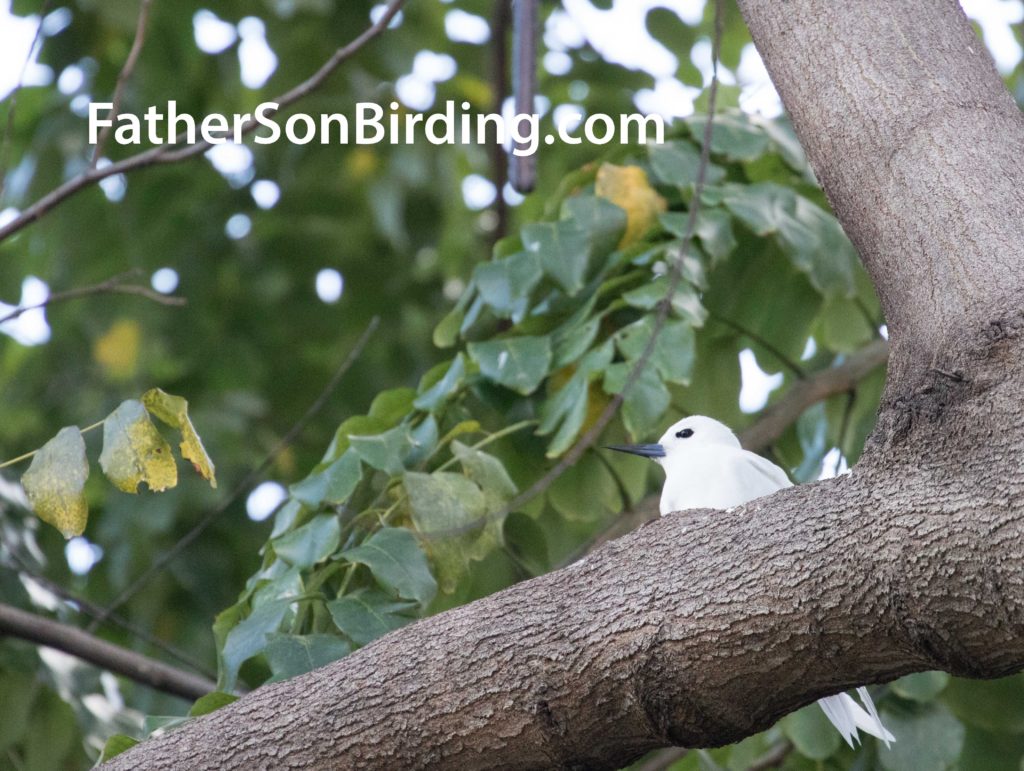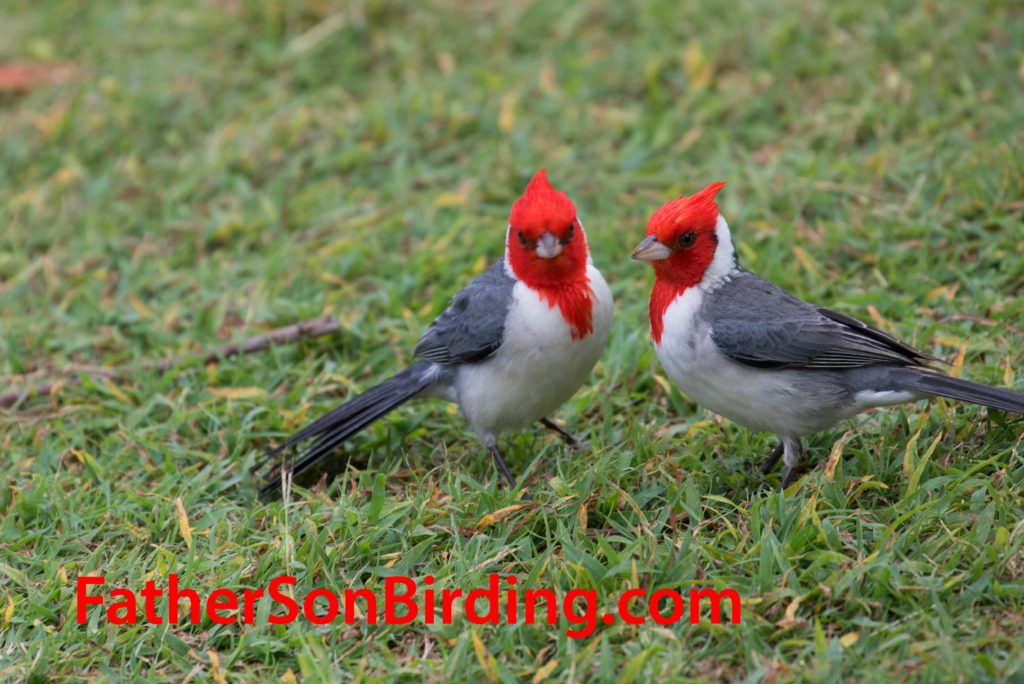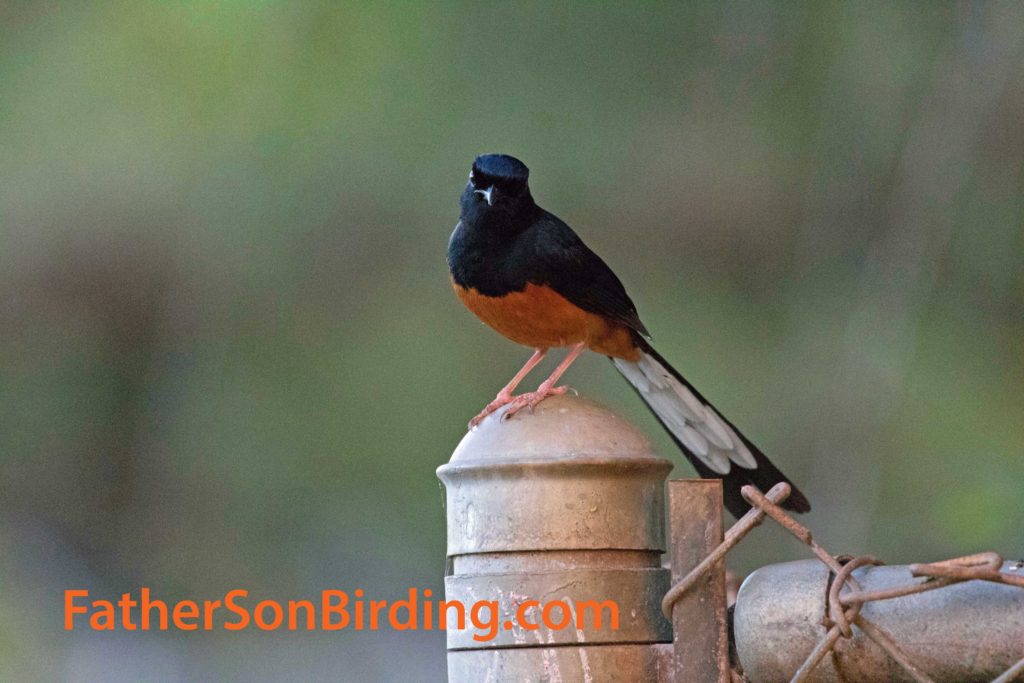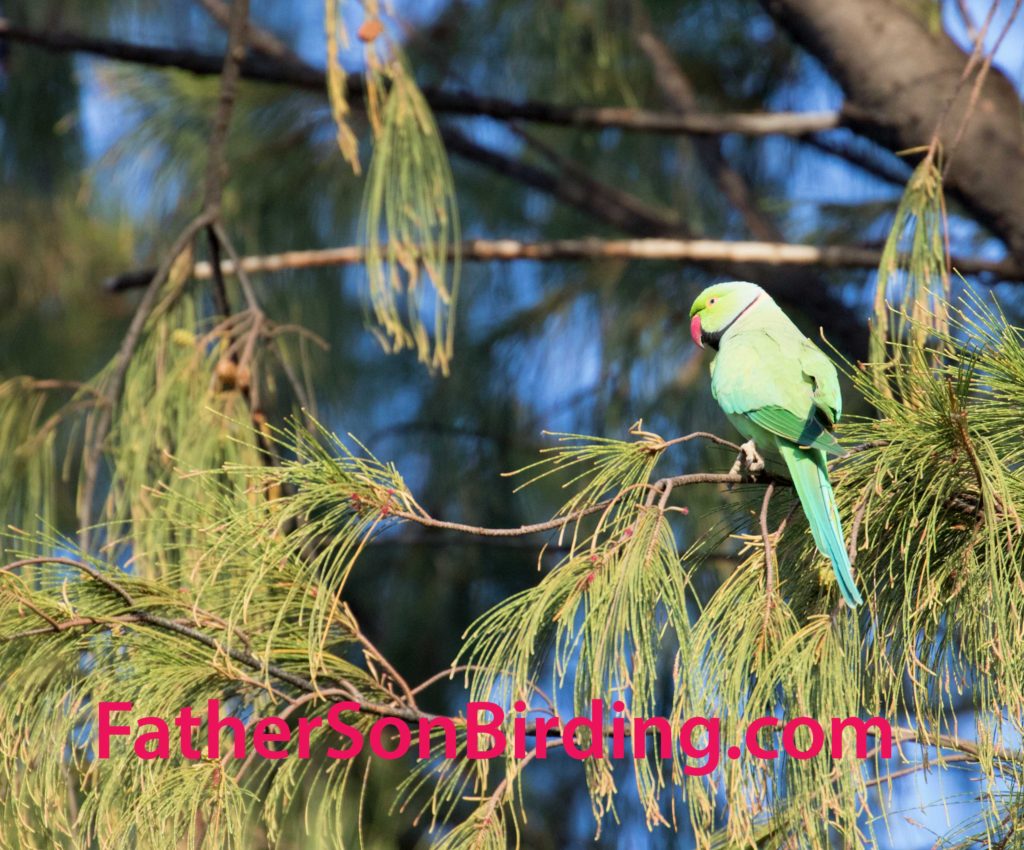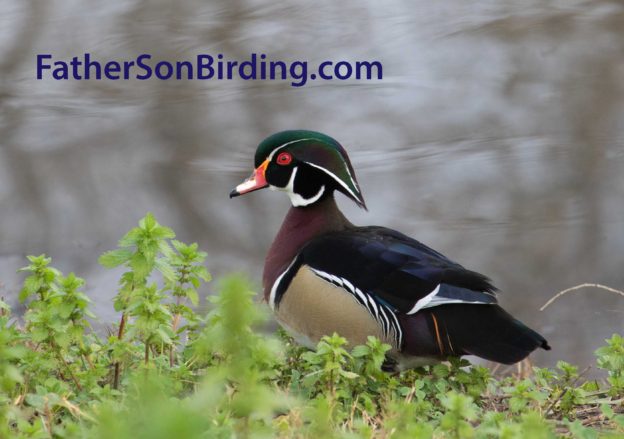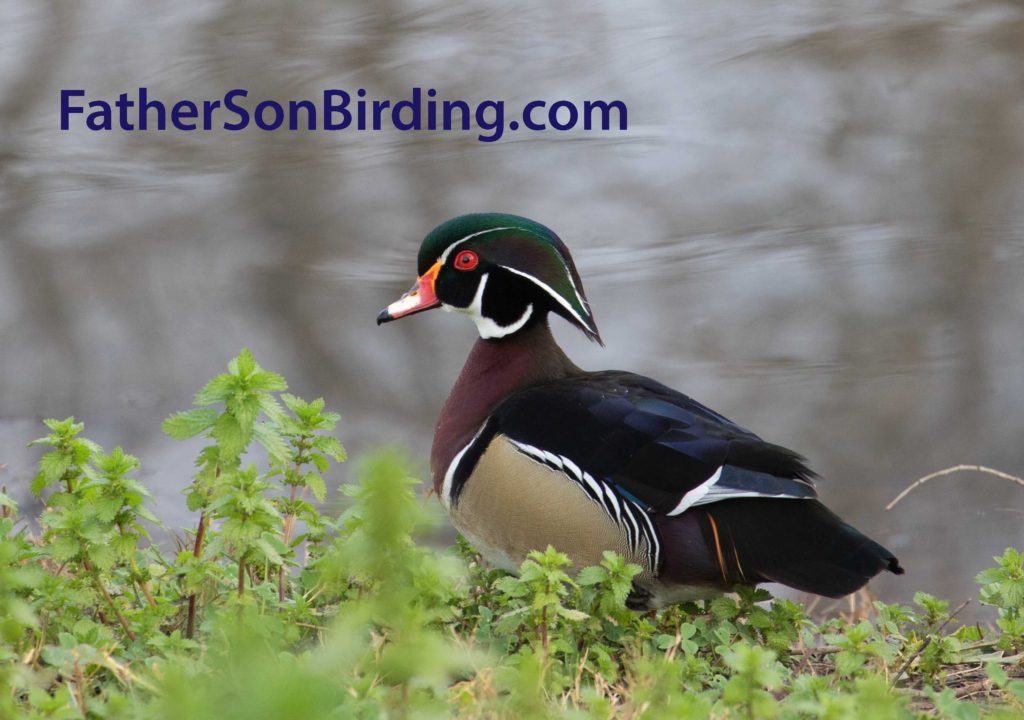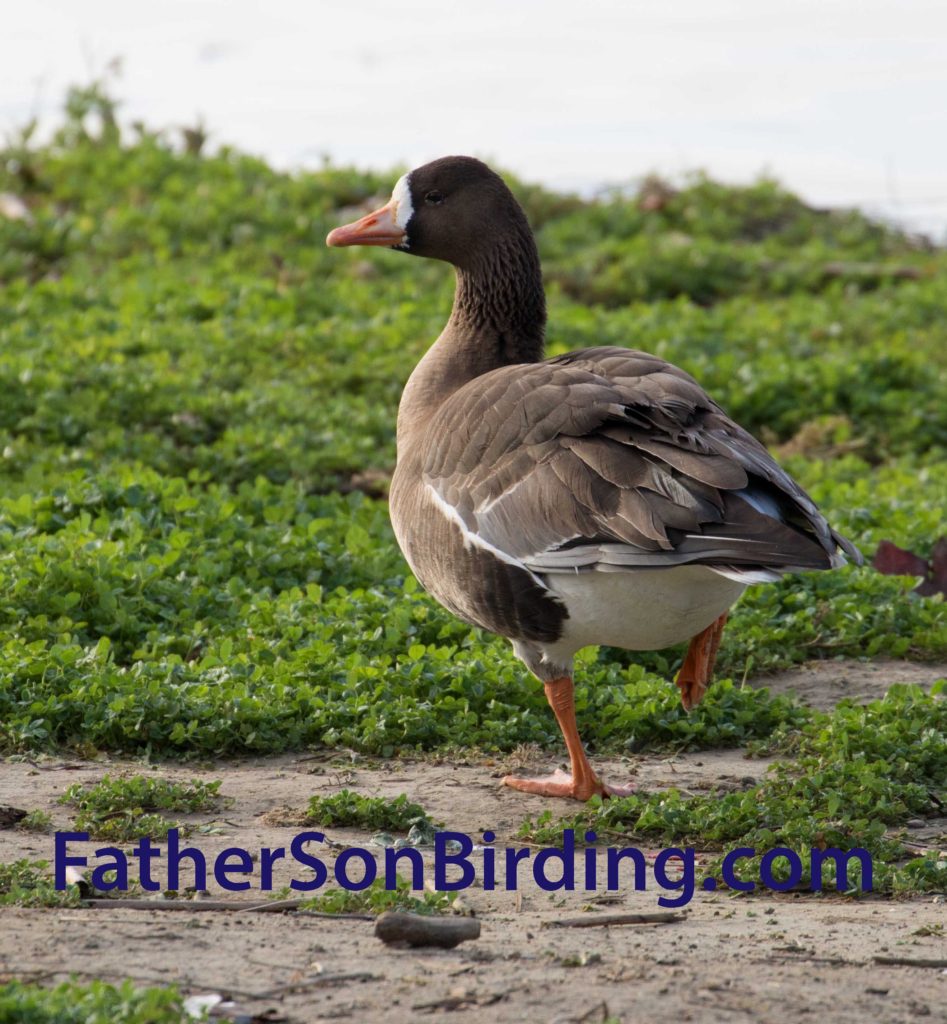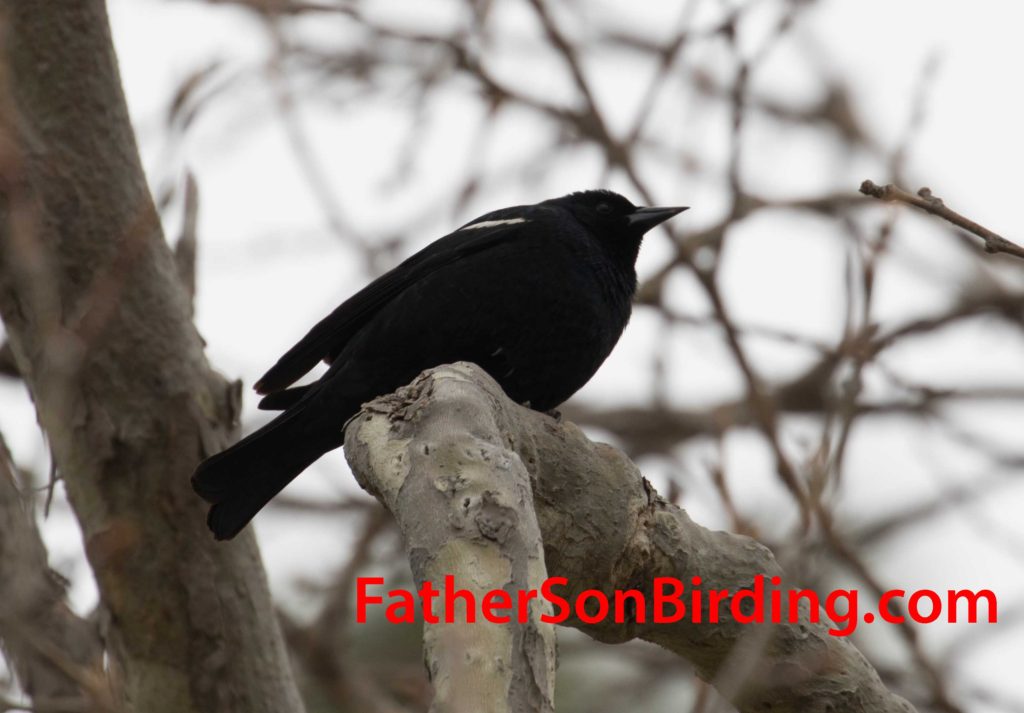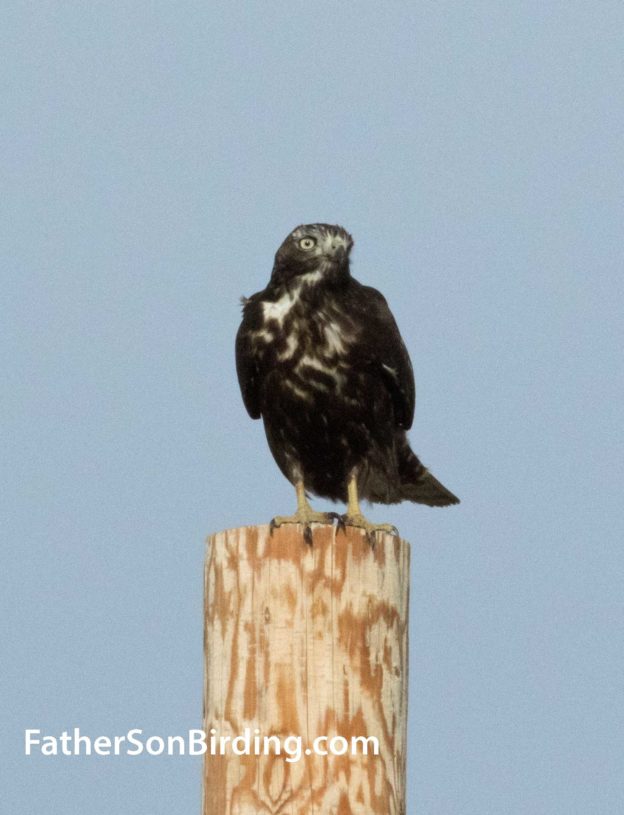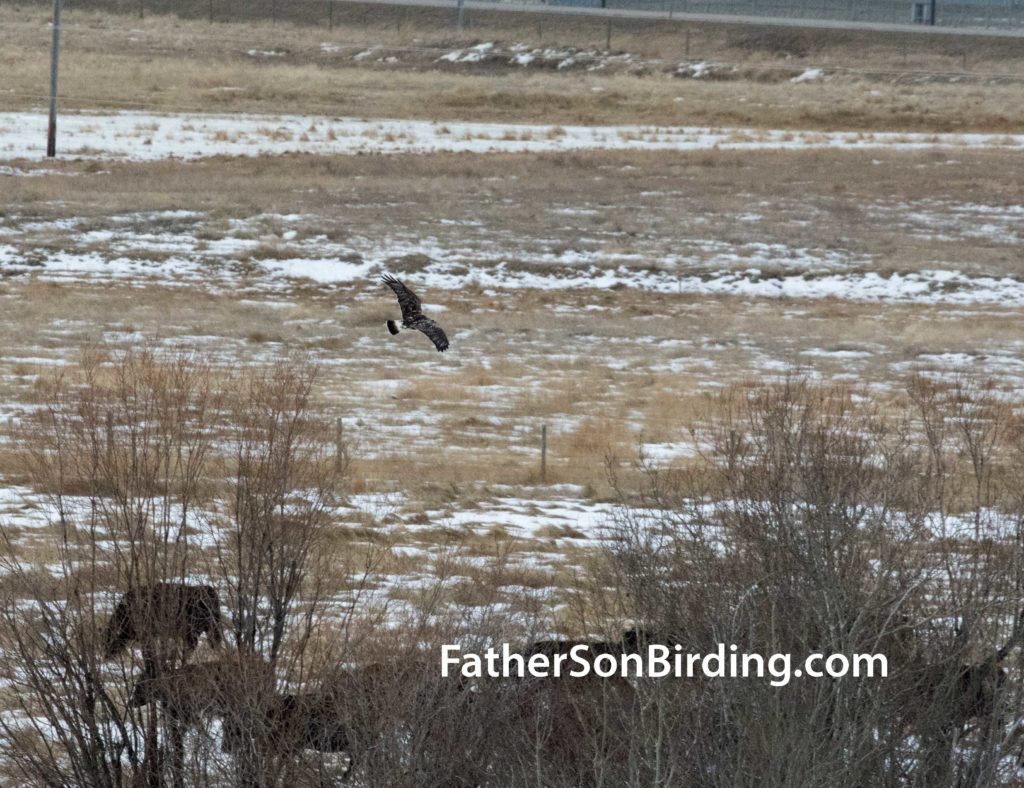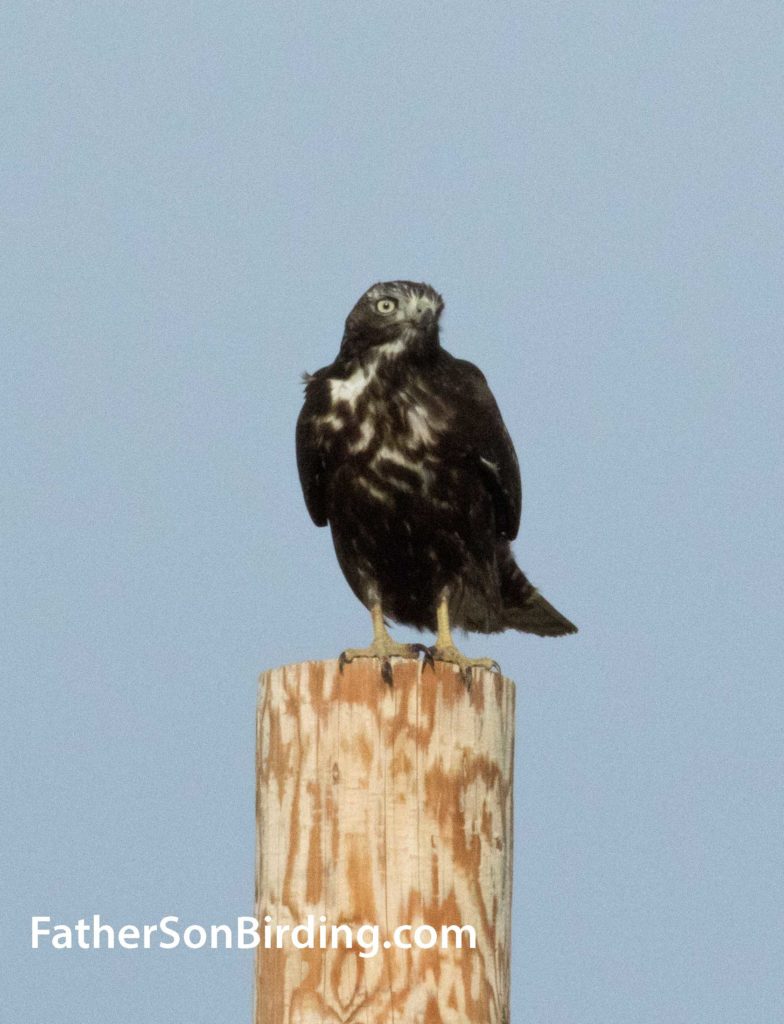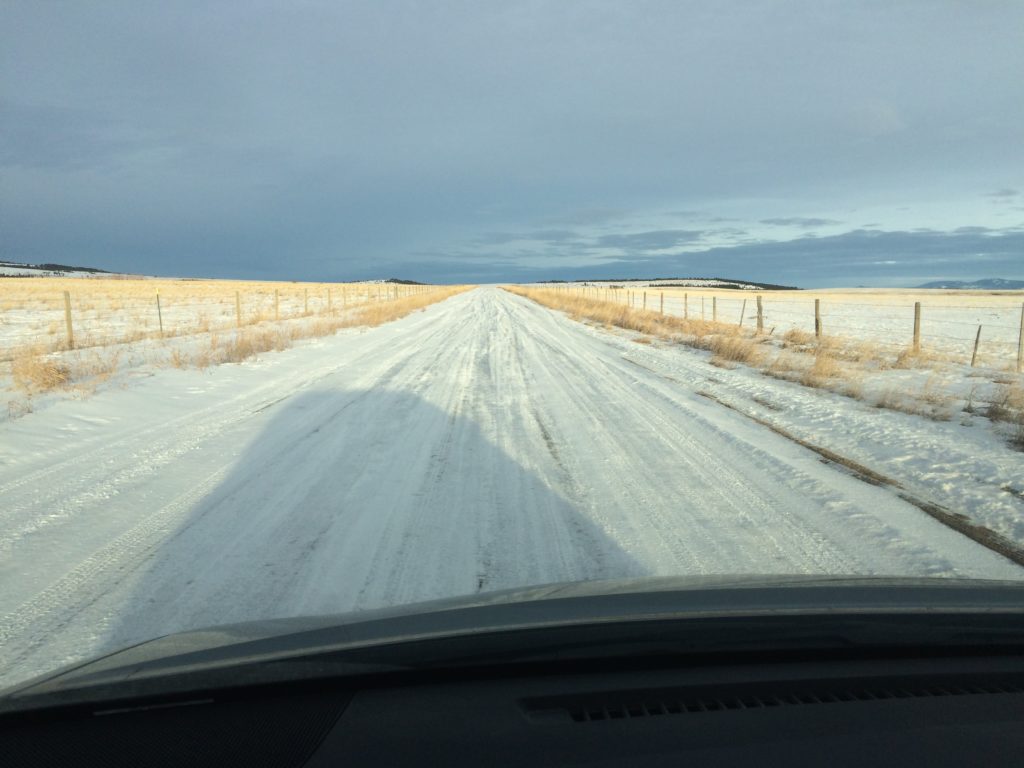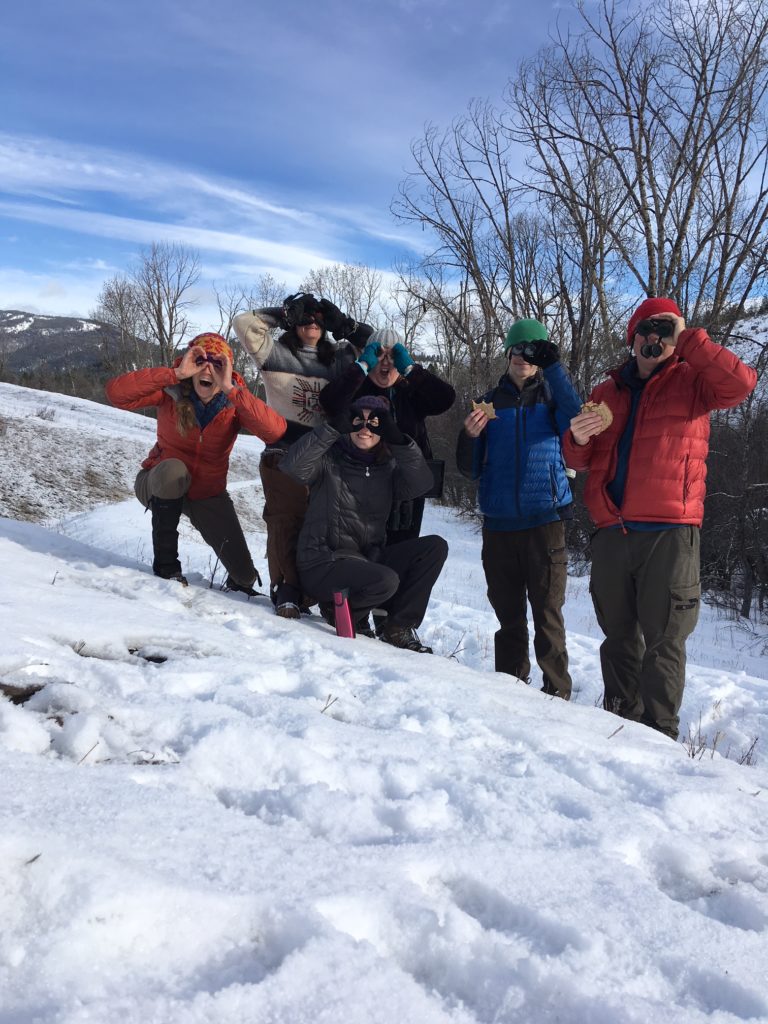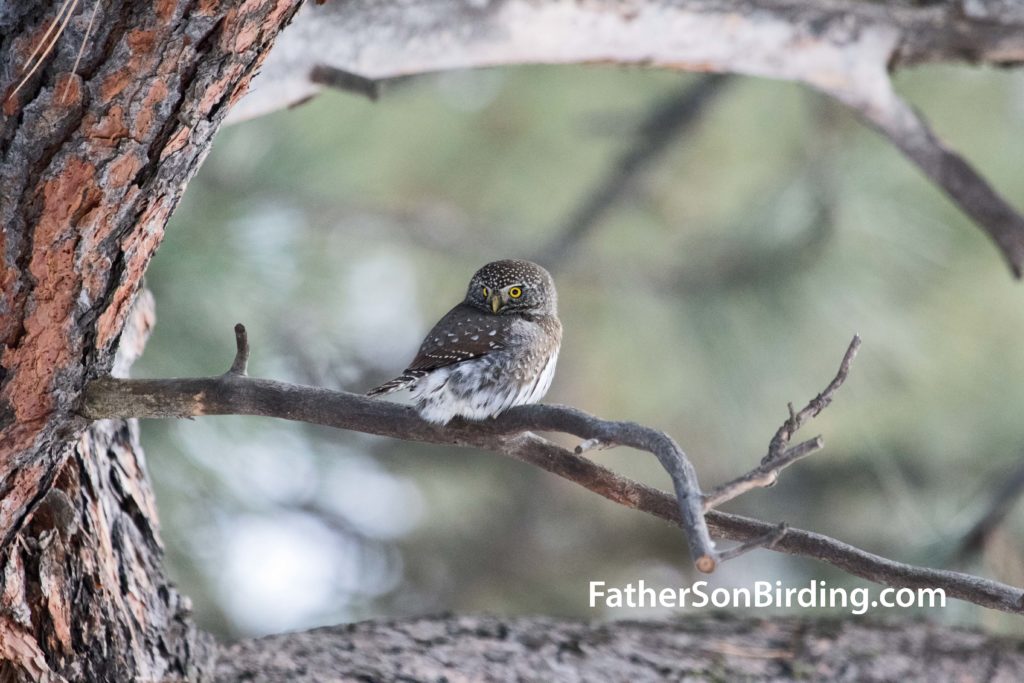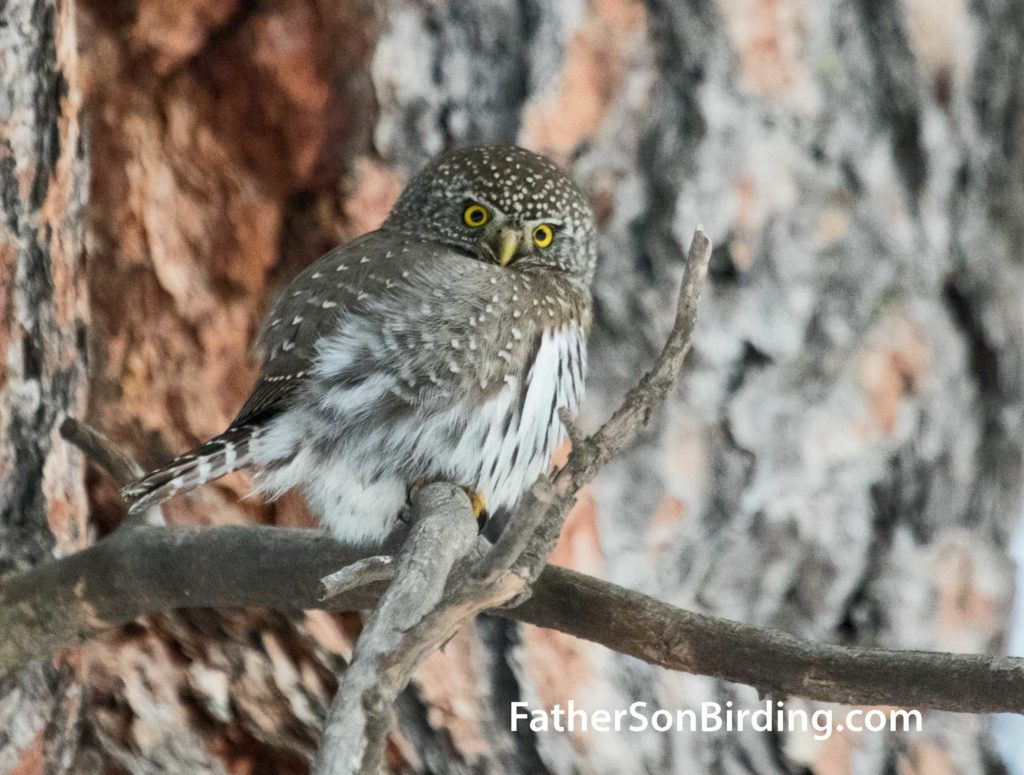Do you love birds and birding as much as we do? Do you want to help educate others about the amazing world of birds? Well, please share this site with other birders, wanna-be birders, and educators—AND follow our adventures by subscribing to FatherSonBirding.com using the box on the right below.
Just returned from a fun speaking road trip, where I got to share Braden’s and my birding adventures with fellow birders at Coeur d’Alene Audubon, the Puget Sound Bird Fest, Edmonds Bookshop, and Eagle Harbor Book Co. Thank you for the great turnouts, everyone! I, of course, also hoped to get in some good birding on the trip, but weather—or perhaps bad birding karma—conspired against me. The one bright spot? Gulls!
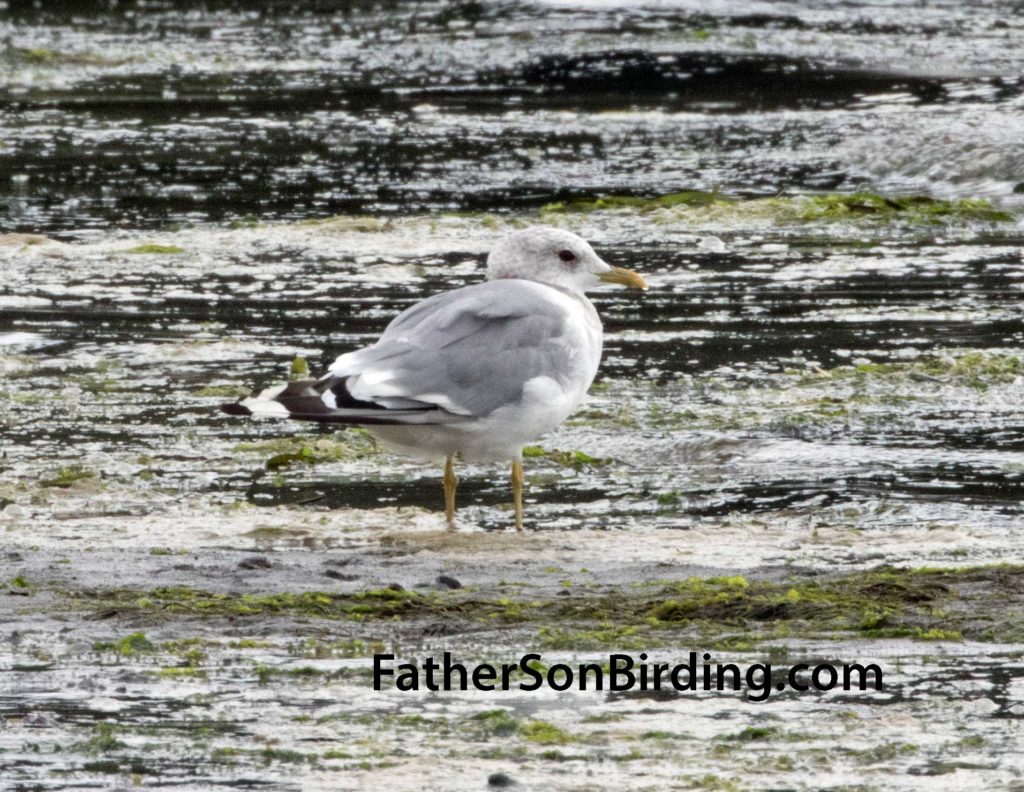
I don’t know about you, but I find gulls vexing. I do not even try to ID immature gulls, but the adults also offer enough variation to render me apoplectic. My first birding stop was Potholes State Park, about thirty miles south of Moses Lake, Washington. I arrived at a crummy time of day, but enjoyed seeing dozens of migrating Yellow-rumped Warblers and few White-crowned Sparrows. Looking out at the reservoir, however, I noticed a black-headed gull in the distance. I tramped toward it, figuring it had to be a Bonaparte’s or Franklin’s Gull. I mean this far inland what else could it be? The problem was the bird’s weird bill, which should have been either red or black. Instead, this bill was black with a yellow tip. “Geez,” I thought. “Maybe it’s turning red.” I called Braden to ask his opinion, but he was stuck in class back in Missoula, so I snapped a few photos and moved on.
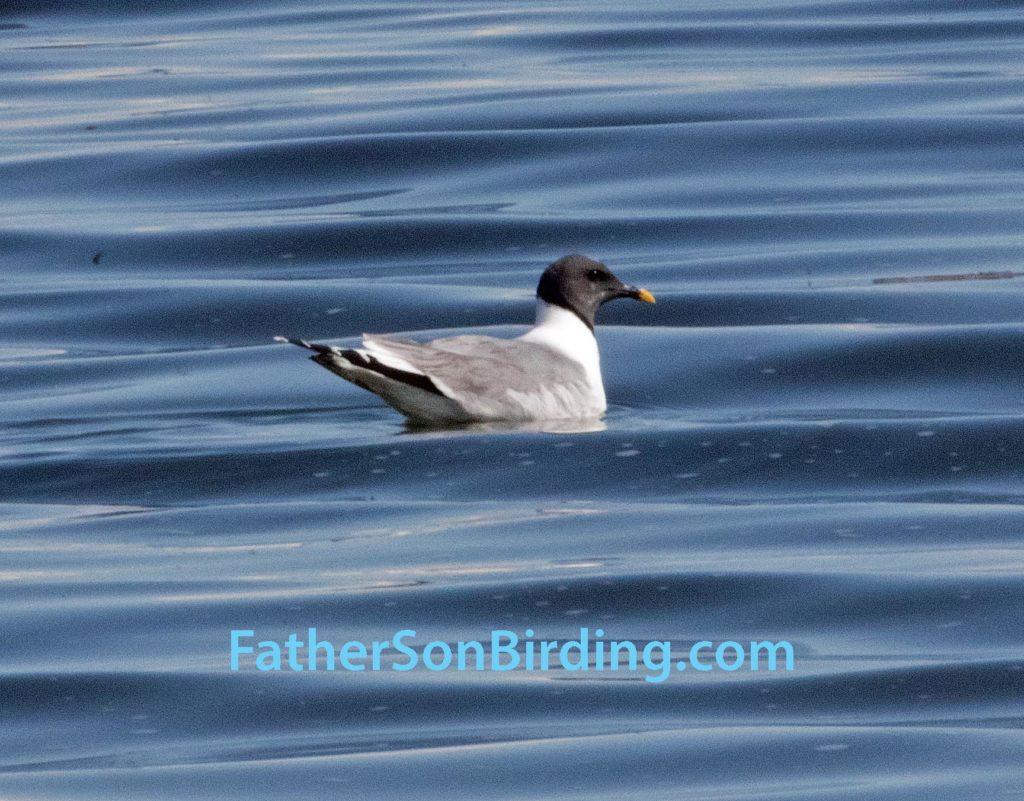
The next day in Seattle, my friends Steve and Carol and I took the ferry to Kingston and drove to Point No Point lighthouse, which had shown a lot of great water bird activity in the past few days. Alas, except for a few Rhinocerous Auklets, very little moved on the beach or offshore so I again turned my attention to gulls. I saw what looked like a Glaucous-winged Gull except that its tail was too dark, so I decided it must be a Herring Gull, as its wings were too light for a Western. Later, however, I ran into a couple of different birders who told me that Puget Sound was awash in hybrid gulls, mostly Glaucous-winged x Herring Gull or Glaucous-winged x Western. I had heard of hybrid gulls before, but didn’t realize they were so abundant and decided the one I had looked at must be a Glaucous-winged x Herring.
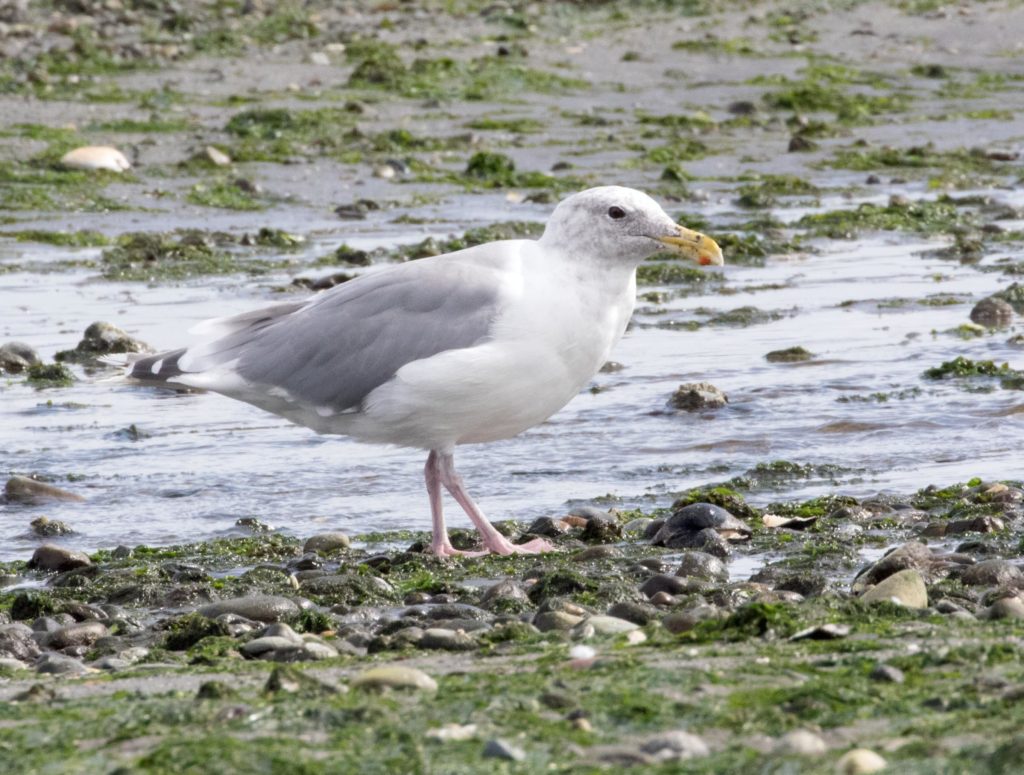
A couple of mornings later, at the Puget Sound Birding Fest in Edmonds, my dismal birding luck continued—except for the gulls! Along the waterfront, I found 400 Heermann’s Gulls—probably Braden’s and my favorite gulls. I also found my first definite California Gull of the trip and settled in to give the hybrids more study. In a later post, I will try to explain the mental flow-chart I use for gulls, but suffice to say, it was a most enjoyable morning spent sharpening my gull skills and knowledge.
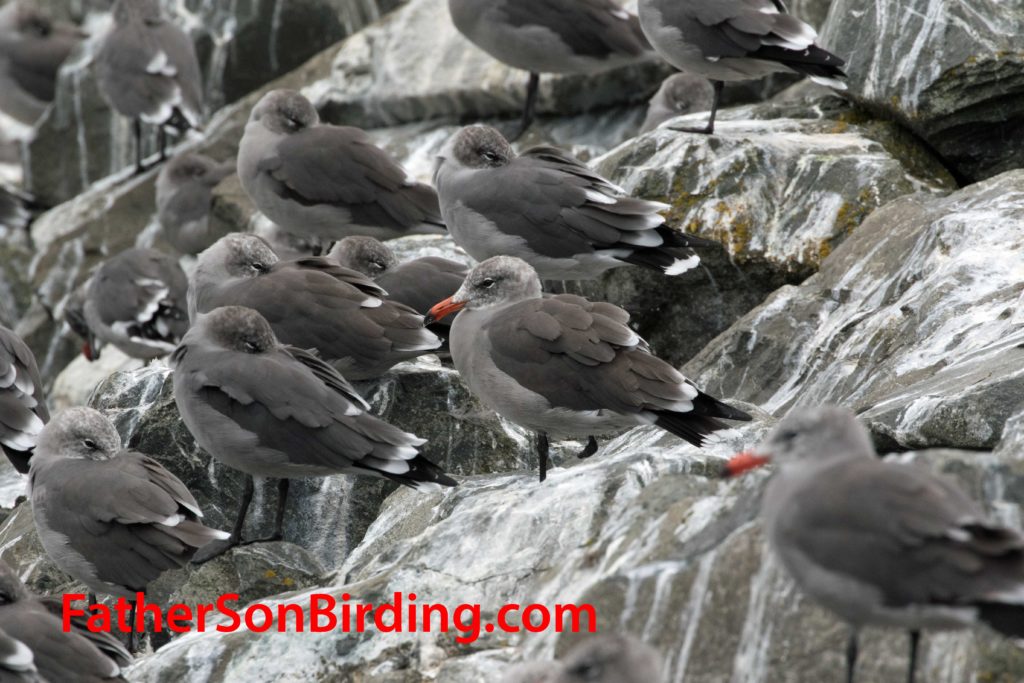
The best discovery awaited me when I returned to Montana, however, and was showing Braden my gull photos. We found that I had taken a photo of a Mew Gull (which I had assumed was a juvenile of another species). Then, I showed him my “mystery” black-headed gull from Potholes State Park. “You saw that?” he exclaimed. “Well, yeah. Do you know what it is?” “Yeah,” he answered, and pulled up photos of a gull that had never even been on my radar—a Sabine’s Gull! This gull breeds in the Arctic tundra and migrates offshore of the Pacific coast. According to Sibley, “migrants rarely appear on inland ponds, lakes or rivers,” and yet here I’d seen one 200 miles from the coast!
Lesson Number 1: Once again, that birds don’t read the guide books. Lesson #2: That I still have a LOT to learn about gulls—but am making progress!

